Discover the Various Reasons Behind a Blown Fuse Box and Their Implications
A fuse box may blow for a variety of reasons, including overloaded circuits, short circuits, defective appliances, or the gradual wear and tear of ageing components. Older fuse boards, particularly those utilising ceramic fuses, are especially susceptible to failure as they age. A blown fuse acts as a crucial alert that the electrical system has surpassed its safe operational threshold, necessitating prompt inspection to prevent further issues and ensure safety.
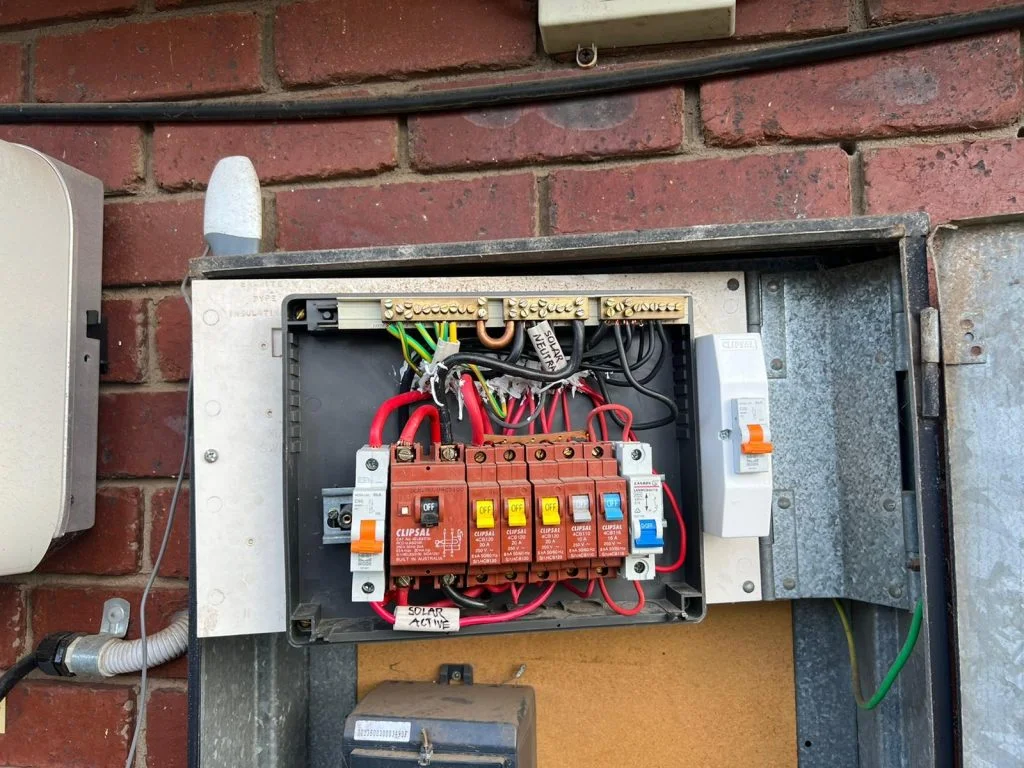
A Blown Fuse Box: Understanding Its Significance Beyond Just Power Interruptions
Residents living in Melbourne’s western suburbs frequently contact us when they encounter unexpected power outages. Whether the cause is burnt wiring, melted electrical tape, or frequent circuit tripping, understanding the underlying issues is crucial for your safety. This article aims to provide an in-depth examination of the potential problems affecting your electrical system and the most effective steps to take next to restore both safety and functionality within your home.
1. Spotting the Key Warning Signs That Indicate a Blown Fuse Box
While not every power outage directly signifies a malfunctioning fuse box, there are specific warning signs you should be observant of. These indicators include:
- Partial or complete power loss throughout your home
- Inability to reset one or more circuits after they have tripped
- Burning plastic odour near the fuse board, which could indicate potential overheating
- Visible black markings or melted plastic around the fuses, signalling damage
- Ceramic fuse wire that has snapped or completely disintegrated
If you’re uncertain about the condition of your fuse box, our Emergency Electricians are available, ready to inspect, repair, or safely replace any faulty components to ensure that your electrical system operates effectively and safely.
2. Uncovering the Common Causes That Lead to a Blown Fuse
Overloading Circuits with Multiple High-Power Appliances
Utilising excessive high-draw appliances on a single circuit can easily exceed the fuse’s amp rating. For example, running your oven, kettle, and toaster simultaneously can lead to an overload situation. This creates undue stress on the fuse, significantly increasing the risk of it blowing and potentially causing a fire hazard in your home.
Understanding Short Circuits Resulting from Damaged Wiring
A short circuit may occur if there’s compromised wiring or a malfunctioning appliance that diverts electrical current away from its intended route. This can lead to an immediate fuse blow or a circuit breaker trip, creating a hazardous situation that requires urgent attention from a certified electrician to prevent potential hazards.
Age-Related Deterioration of Electrical Components
Over time, older ceramic fuses may experience corrosion, loosening, or overall deterioration. As heat accumulates due to inefficient electrical flow, the fuse can ultimately burn out, signalling the urgent need for replacement and possibly upgrades to meet modern safety standards for enhanced reliability and functionality.
Problems Arising from Incorrect Fuse Wire Installation
It’s not unusual to encounter incorrect wire ratings in fuse installations—either too weak, leading to frequent blowing, or too strong, posing significant dangers by failing to adequately protect the circuit. Ensuring that the correct type of fuse wire is installed is crucial for both safety and proper functionality within your electrical system.
-
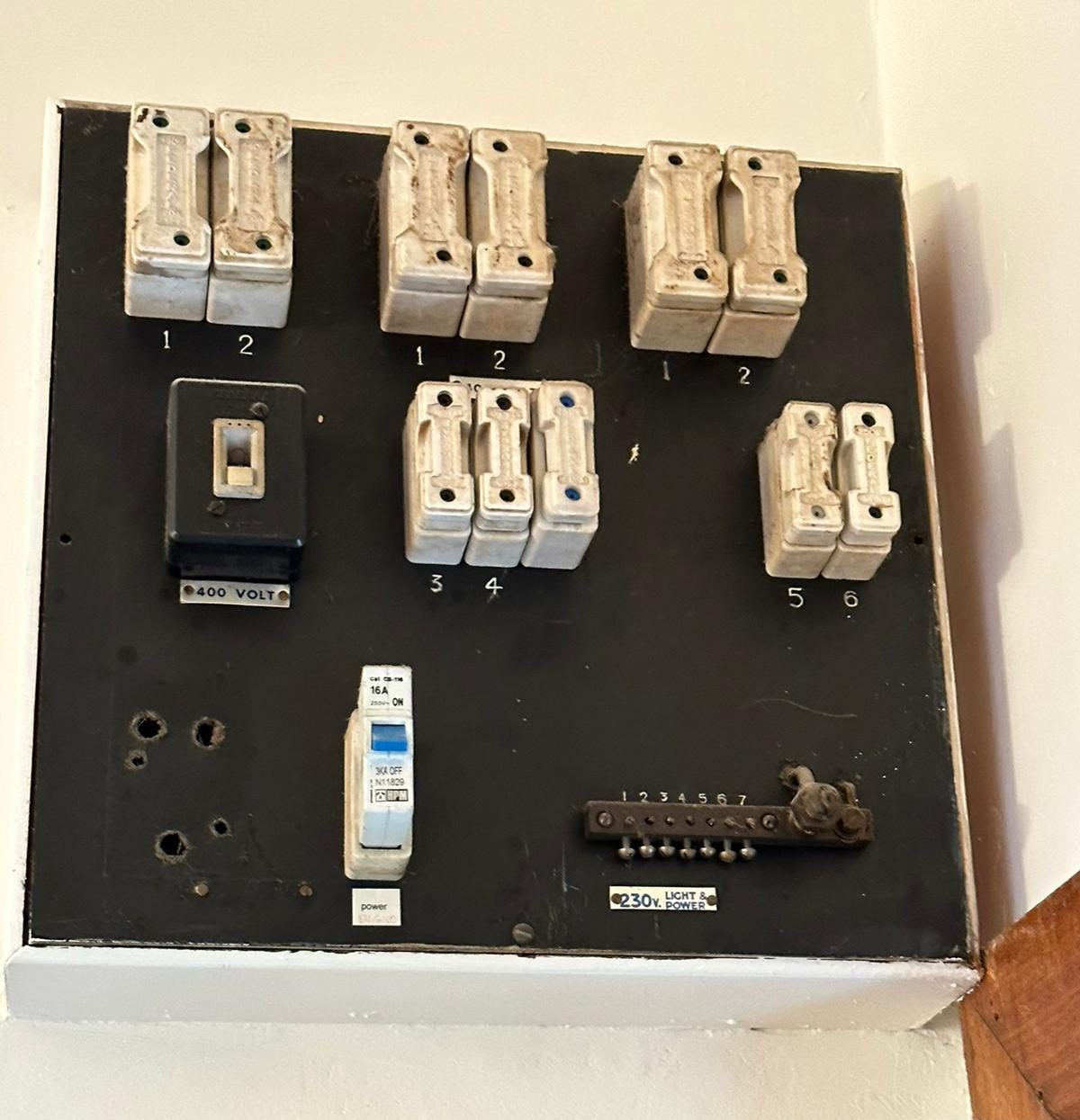 Old Ceramic Plugs
Old Ceramic Plugs -
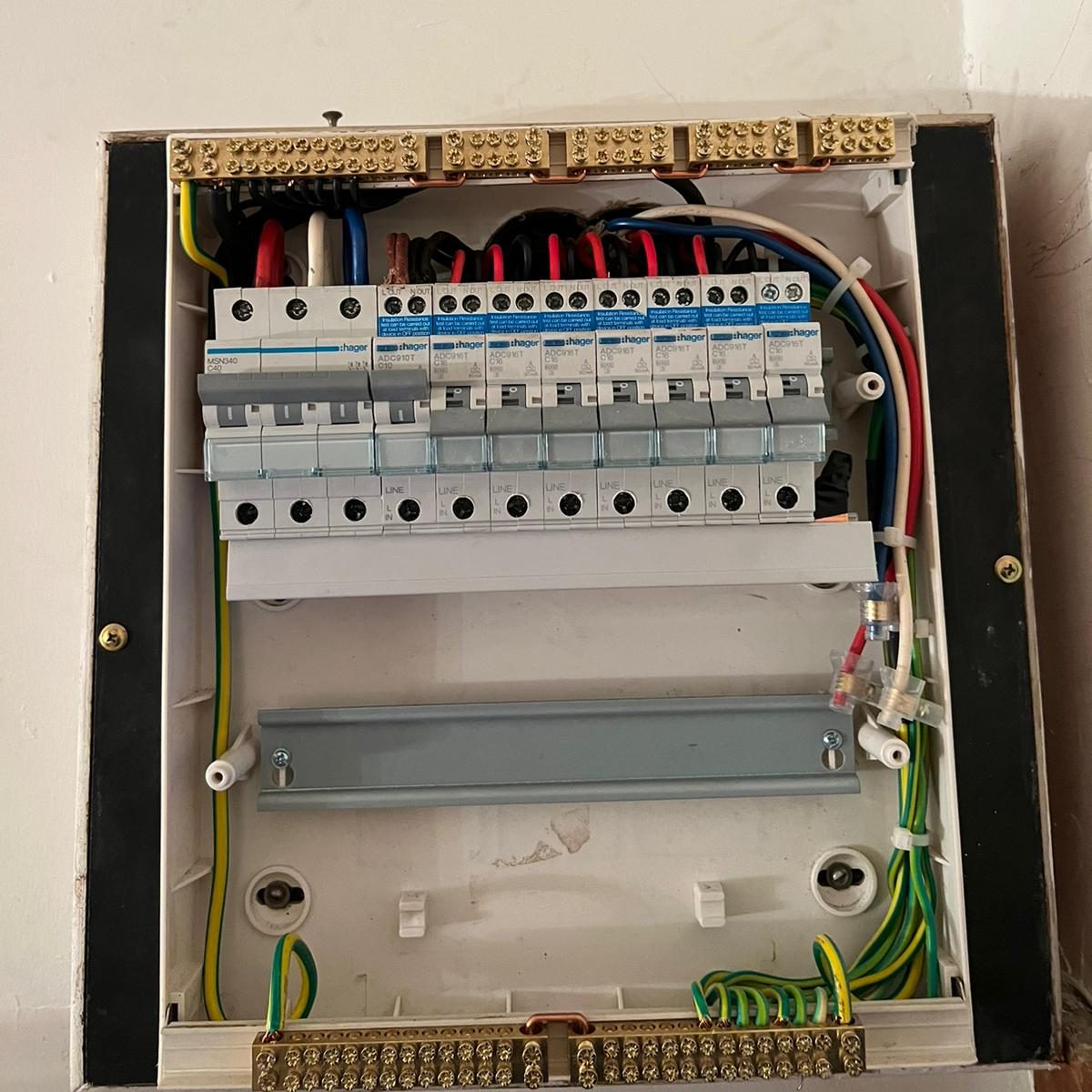 Now Upgraded
Now Upgraded
3. Evaluating the Safety Features of Ceramic Fuses versus Modern Circuit Breakers
If your home is still reliant on ceramic plug-in fuses, it is crucial to consider upgrading your switchboard. Ceramic fuses possess several drawbacks, including:
- Slower to trip in the event of a fault, which can prolong exposure to danger
- More susceptible to unsafe bypassing by users, increasing the risk of accidents
- Prone to user errors, such as incorrect fuse wire installations or poor connections
- Provide no protection against electric shocks, leaving users at heightened risk
In contrast, modern switchboards utilise circuit breakers and RCDs (Residual Current Devices). These contemporary devices automatically trip and can be reset quickly without the need for physical wire replacement. If your fuse box appears outdated, particularly resembling a relic from the 1970s, it’s high time for a Switchboard Upgrade to enhance both safety and reliability within your home’s electrical system.
4. Essential Steps to Take When Dealing with a Fuse Box Issue
If you’re only experiencing a tripped breaker, you can follow these recommended steps to manage the situation safely:
- Unplug all appliances connected to that specific circuit to alleviate the load and prevent further issues
- Attempt to reset the switch carefully, ensuring it is safe to do so
- Gradually reconnect items one by one, monitoring for any problems
- If the breaker trips again, leave it off and contact us for immediate assistance to avoid any risks
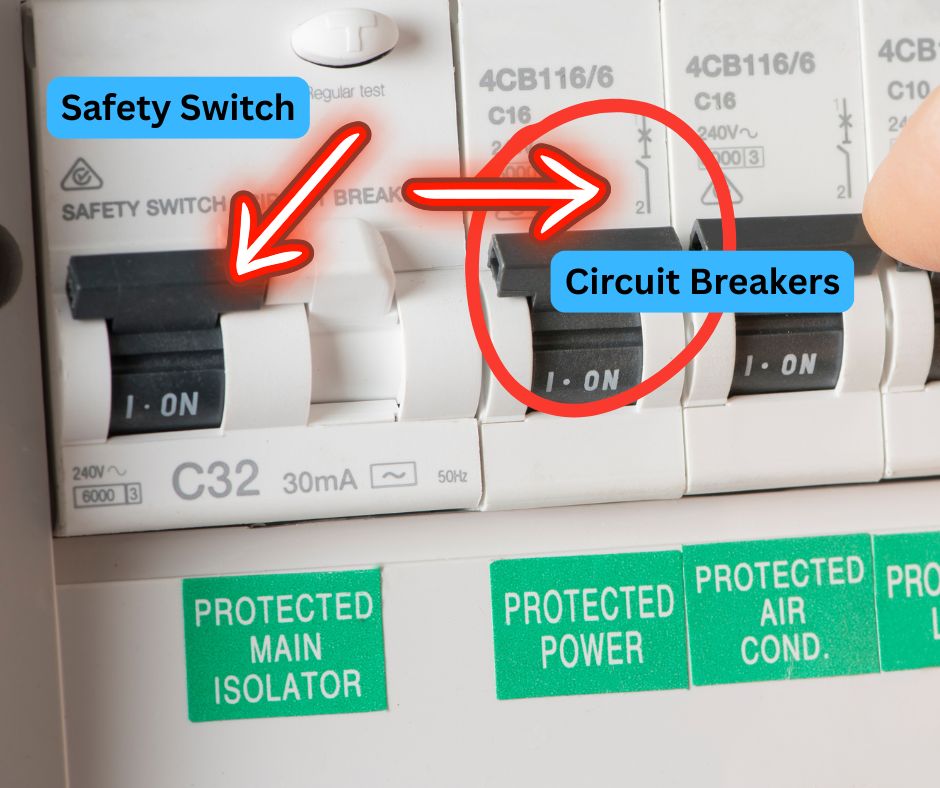
What to Do When Encountering a Ceramic Fuse Problem
- Do NOT attempt to replace the fuse wire unless you are a qualified electrician, as this can be extremely hazardous
- Avoid any DIY repairs, as they pose significant safety risks and may be against regulations
- Switch off power at the main switch and contact Electrx for professional assistance and guidance
5. Our Comprehensive Approach to Repairing Blown Fuse Boxes
Our professional team initiates the process by isolating the fault and conducting thorough circuit tests using safe, industry-standard tools. Our systematic methodology includes:
- Identifying the precise cause behind the blown fuse
- Testing appliances to ascertain if they are contributing to the issue
- Replacing any burnt or damaged fuse carriers to restore functionality
- Upgrading to a circuit breaker or RCBO when applicable for enhanced safety
- Issuing a Certificate of Electrical Safety for all completed work to ensure compliance with regulations
If your fuse board is outdated, we will discuss options for modernising it, incorporating RCD protection and optimising circuit layouts for improved safety and efficiency in your home.
When is the Right Time to Contact a Qualified Electrician?
Experiencing a blown fuse may initially seem like a stroke of bad luck. However, if this issue recurs or if your fuse box exhibits signs of significant ageing, it’s vital to take proactive measures. Reach out to Electrx to have your system thoroughly inspected, identify any underlying faults, and ensure that the problem is resolved effectively on the first visit. We are dedicated to keeping your power running smoothly and ensuring that your home remains safe.
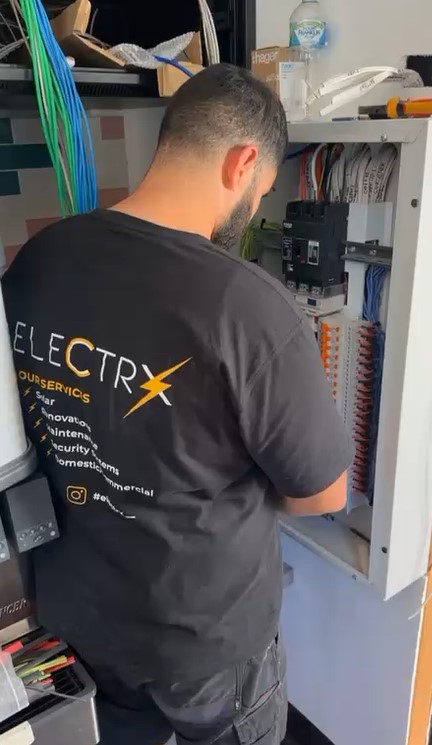
Request Your Free Quote Today!
Discover Our Complimentary Electrical Inspections

Frequently Asked Questions Concerning Blown Fuse Boxes and Related Issues
Can I replace a fuse wire by myself?
NO. In Victoria, replacing or rewiring ceramic fuses is classified as electrical work and must be performed by a licensed electrician to ensure safety and compliance with regulations.
Is a blown fuse dangerous?
Yes, it can be particularly hazardous if the cause is a short circuit or overload. If left unaddressed, these issues can escalate into serious fire hazards or pose risks of electric shock.
What is the average cost to repair a blown fuse box?
Basic repairs generally commence from a few hundred dollars. If a complete upgrade is necessary, we will provide you with a clear, fixed quote before commencing any work.
Do you offer after-hours emergency services?
Yes, we provide 24/7 emergency services to tackle blown fuses and restore your power safely and efficiently.
Get Your Free Quote Today!
Inquire About Our Complimentary Electrical Inspections

The Article: Blown Fuse Box: Essential Tips and Next Steps first appeared on https://writebuff.com
The Article Blown Fuse Box: Key Tips and Actions to Take Next Was Found On https://limitsofstrategy.com


The discussion surrounding blown fuse boxes offers a vital opportunity to reflect on the broader implications of electrical safety in our homes, particularly in an era where we are increasingly reliant on technology for both daily living and entertainment. It’s interesting to consider how common it has become for households, especially in places like Melbourne’s western suburbs, to experience frequent power interruptions due to the aging infrastructure that many of us often overlook.